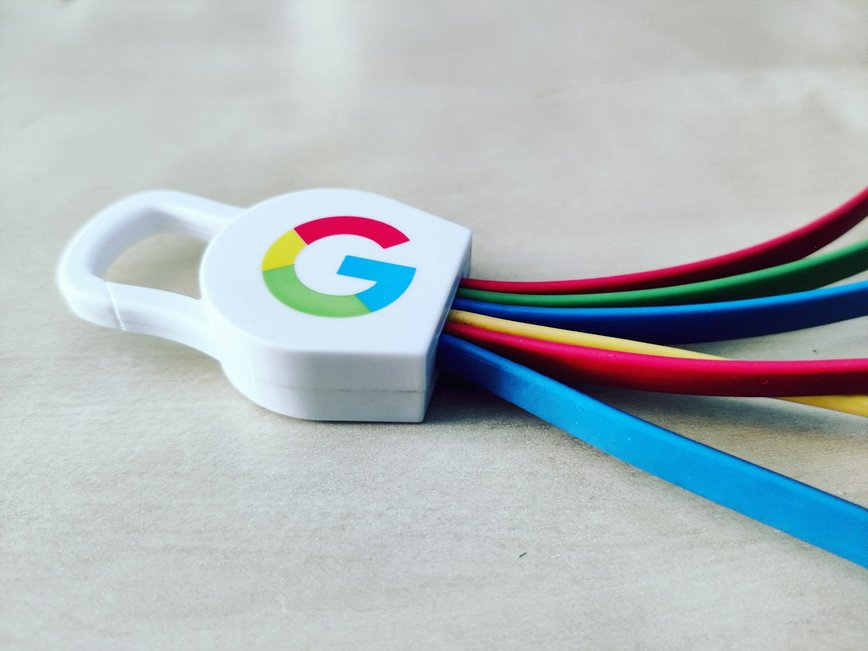
Google Ups Its Game With Veo 3: Cuts Prices And Goes Vertical on OnlyLikeFans

Google's Veo 3 Gets a Vertical Makeover
Google is shaking up the AI video scene with its latest update to Veo 3, now offering vertical video capabilities suited for platforms like TikTok, Instagram Reels, and YouTube Shorts. Announced on September 9, this move allows developers to produce 9:16 aspect ratio videos directly through Google's programming interface, aligning seamlessly with popular social media formats.
In a bid to make its technology more accessible, Google has also halved the pricing for Veo 3. The standard model now costs $0.40 per second, down from $0.75, while the Veo 3 Fast model has dropped to $0.15 per second, previously at $0.40. This price reduction, coupled with the enhanced capabilities, positions Veo 3 as a competitive player in the AI landscape.
“Veo 3 is now like 50% cheaper and higher quality so go build,” Google flaunted in a promotional video featuring a rock climber.
HD Quality and Broader Reach
Both Veo 3 models can now churn out videos in 1080p high-definition. This is a notable upgrade from the previous 720p resolution, offering sharper visuals for creators. Google Photos users in the U.S. are already experimenting with this feature, transforming still images into dynamic four-second clips.
Every video made with Veo 3 includes SynthID watermarks to ensure transparency in AI-generated media. This feature helps viewers recognize digital content crafted by artificial intelligence, a crucial step as AI video becomes more prevalent on social platforms.
Addressing the AI Content Boom
The introduction of vertical video capability is poised to fuel a rise in AI-driven content across social networks. By eliminating the need for additional editing to fit mobile screens, Veo 3 simplifies content creation. However, this ease of use raises concerns about the proliferation of low-quality AI content, or "AI slop," across feeds.
Google remains confident, stating that Veo 3 models are "stable and ready for scaled production use." In extending its reach from 70 to 140 countries and regions, Google reinforces its commitment to expanding AI video creation globally. Originally unveiled at Google's developer conference in May 2025, Veo 3 continues to evolve, stepping up competition against other AI systems like OpenAI’s Sora.















